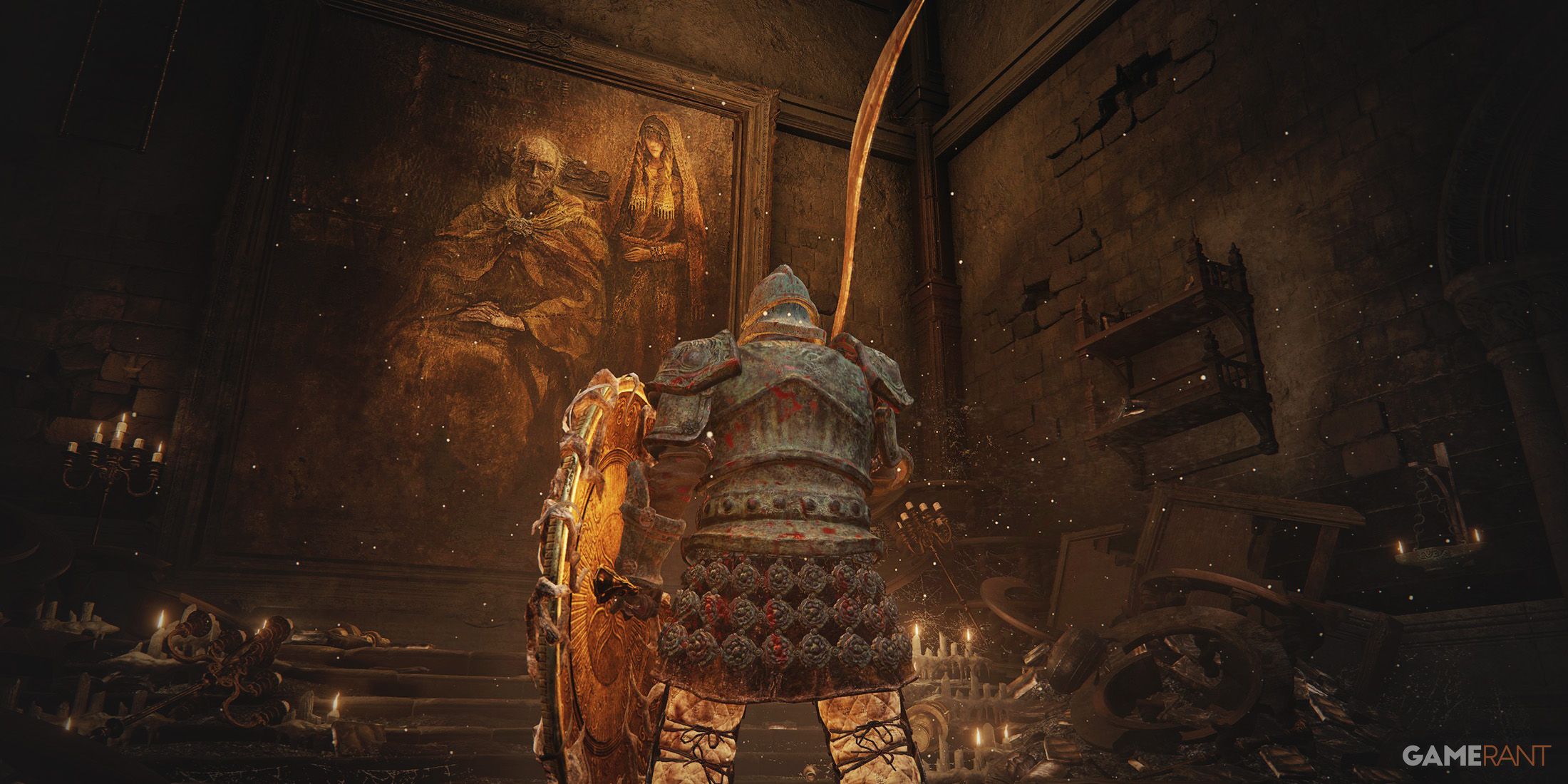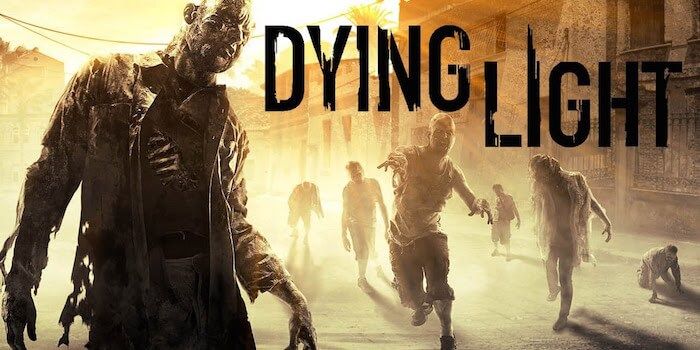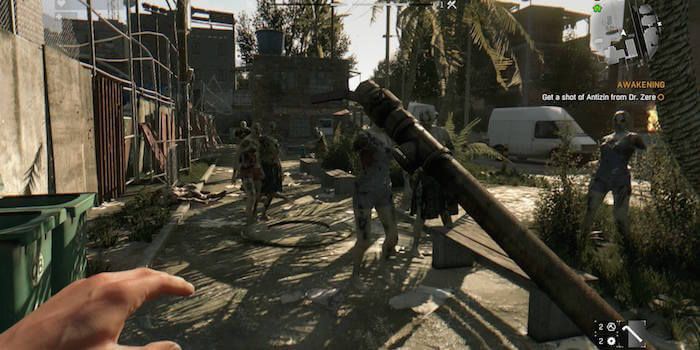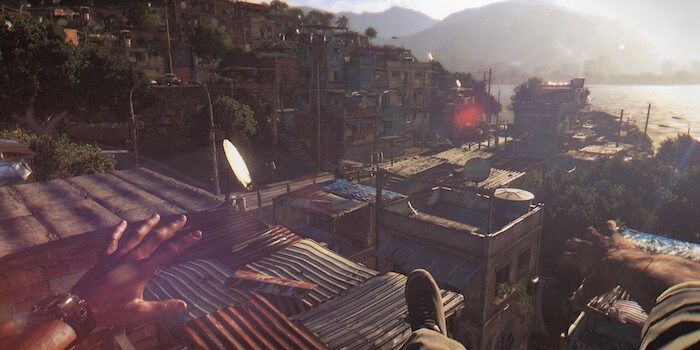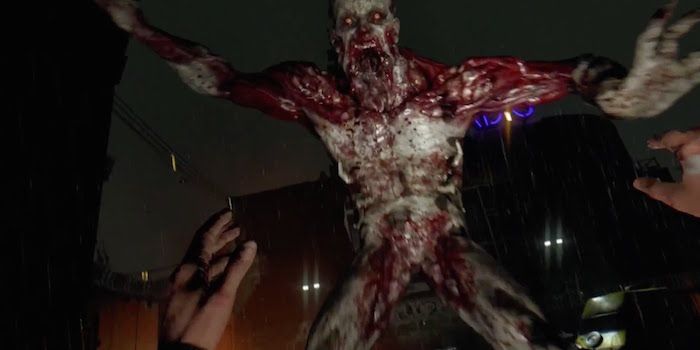When it was first unveiled back at E3 2013, first person zombie survival title Dying Light showed a lot of potential. Developed by the same folks who brought us the first Dead Island, the game looked to be a more polished version of that last-gen release, albeit with some smoother melee and a cool parkour-inspired traversal system.
Having now played Dying Light, however, it’s clear that the potential is still there for the franchise to be great, but the first finished product never quite hits the mark. Sure, there are elements to Dying Light that are satisfying and compelling, but there is also plenty on display that proves Techland still isn't sure how best to leverage the open world, zombie-killing concept.
It may seem unfair to label Dying Light as a more polished version of Dead Island, but that's the most apt comparison. Granted, the story is more subdued in terms of stereotypes, but it’s by no means original. Players take on the role of Kyle Crane, a General Relief Effort operative sent into the infected zone of Harran to recover information about a potential cure. Things go wrong (as they do) and Crane is forced to work with and help the remaining survivors, and in the process he uncovers dark secrets about his employers. With plenty of clichéd zombie outbreak tropes, the story of Dying Light is more a vessel – some may even call it an excuse – for the combat and traversal, and is hardly memorable or creative.
Like in past Dead Island games, the first person melee combat offers the same precision for optimum dismemberment and is regulated by a stamina bar, weapon durability, and the player’s own skill set. The good news is players can now craft weapons on the fly, imbuing them with elemental damage, but a new maximum repair gauge keeps players from picking favorites. In prior games, you could find a suitable weapon and use it for as long as it got the job done. Now, every weapon has a shelf life of repairs before it becomes useless. Thankfully, the amount of useful weapons starts to increase as players dig into the game.
When they’re not trying to contend with the undead, players will spend their time running from place to place across two sprawling open world areas, picking up dozens of side quests along the way. There is a staggering amount of quests in the game, in fact, that any die-hard player would be able to get close to 60 hours out of the game, but that may not be an all too enjoyable experience. The flavor text and characters try to give these side quests personality, but after a few missions of go to X spot, pick up Y item, and return to Z location, the formula starts to wear thin. On the other hand, the main story missions are a little more complex, but their complexity mostly involves going to more places and hitting more buttons/picking up more items. The story missions only require combat a handful of times, but when they do things start to get really disappointing.
There is obviously some nuance to the combat with the precision, but early on players will notice that zombies take a ton of damage and weapons break within a few hits. It’s a setup that seemingly favors flight over fight, but also discourages what eventually becomes the best part of the game: killing zombies. When the player does transform into a zombie-slaying and free-running machine, Dying Light reveals itself to be a very enjoyable experience, but getting to that point requires some growing pains.
The skill system in Dying Light is setup so that every action, be it flight or fight, increases the player's experience. So, each hit you dole out ticks up a ‘Power’ XP bar and every parkour move ticks up an ‘Agility’ XP bar. Filling each bar up rewards players with a skill point and a new ability. Buried within each of those skill tress, as well as a basic ‘Survivor’ skill tree, are some extremely useful abilities. They make weapons more useful in combat and free running more seamless, and arguably they make Dying Light more fun.
However, starting out as an ineffective survivor doesn't do much to inspire pushing forward. Looking back on the game as a whole, the conceit of developing the player into a skilled fighter and agile runner makes sense, but those motivations aren't entirely clear at the outset. And once you get access to stronger and more effective weapons, as well as some really cool traversal tools like a grappling hook, you wonder why those items weren't introduced sooner. Once the game plays like an engaging Dead Island evolution, Dying Light actually succeeds in giving players the power and freedom suggested by its marketing. But the slog to get there will turn many off immediately. Even Dead Island fans may criticize Dying Light for the way it hides its best attributes.
If there is one genuinely successful element to Dying Light, outside of the impressive visuals, it’s the day-night cycle, which unleashes terrifying super zombies called Volatiles when the sun goes down. These new zombie types make nighttime exploration more dangerous, but the game smartly doubles XP earnings during this time. There’s always the option of sleeping until daytime – unless the mission is set at night – but players will find a fun risk-reward by trekking out after hours. It’s a legitimately tense experience and one that feels more in line with Dying Light’s vision, at least for that portion of the game.
Both nighttime and daytime adventuring are made more enjoyable through co-op, which supports up to four players. Groups can take on certain missions in a competitive fashion, trying to best each other's high score/zombie kills/money earned, and they can even tackle story missions together as well. This may be the ideal way to play Dying Light, as it makes zombie encounters more manageable and it gives players the courage to earn ‘Power’ XP.
Taking that a step further into the competitive realm is the Be a Zombie mode, which lets players invade friends or strangers’ games as a stronger zombie called a Night Hunter. With more abilities at their disposal, these Night Hunters pose a greater threat to the human characters, but there are greater rewards for defeating them. It may be mostly a distraction, but Be a Zombie nevertheless meets the requirements of zombie role-play.
In the end, Dying Light’s biggest crime is hiding its best elements behind 5-10 hours of frustratingly tedious side quests and zombie encounters. Setting players up to evolve as they go has merit, but when those early parts offer little in the way of engagement it’s hard to justify the uphill climb. The combat is satisfying, but only once players start to unlock new abilities and access to better weapons. Similarly, the traversal eventually makes zipping through the open world exciting and dynamic, but the game doesn’t give players access to the best tools until later. Even the more interesting open world area isn’t unlocked until later.
However, because Dying Light features a very disappointing trial and error ending it’s clear Techland never quite understood what would make its game fun to play. They took a fairly cliché story as Dying Light’s base and then piled different mechanics on top of each other, with seemingly little idea if the concept worked. There’s some fun to be had, and maybe even a solid game packaged within Dying Light, but the game requires so much sifting to get to it. Dead Island fans will enjoy Dying Light, but anyone who found those prior games unappealing won’t have a change of heart with this one.
Have you had a chance to check out Dying Light? What do you think? Let us know in the comments below.
Dying Light is available now for PC, PS4, and Xbox One. Game ZXC was provided a PS4 copy for this review.
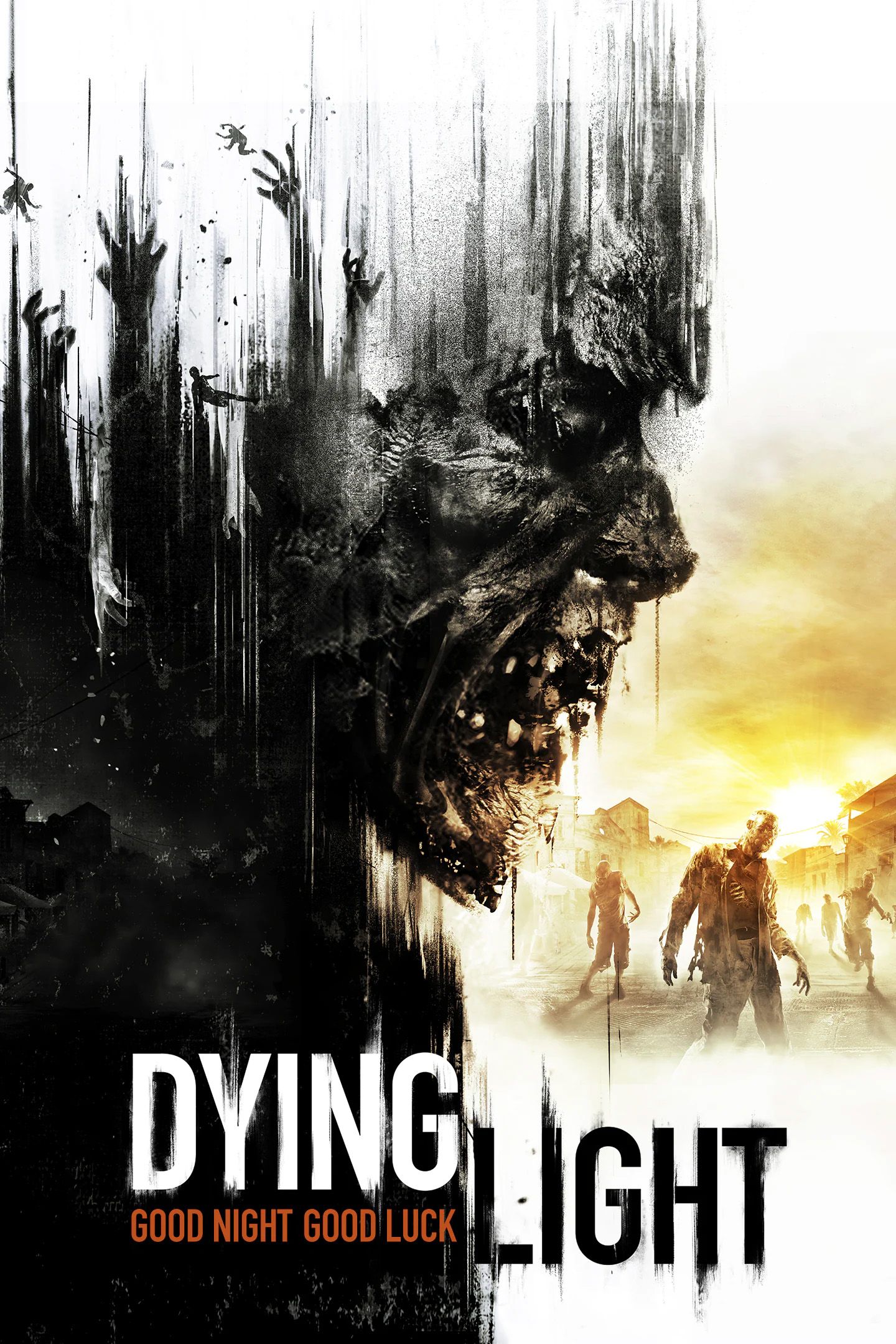
Dying Light

